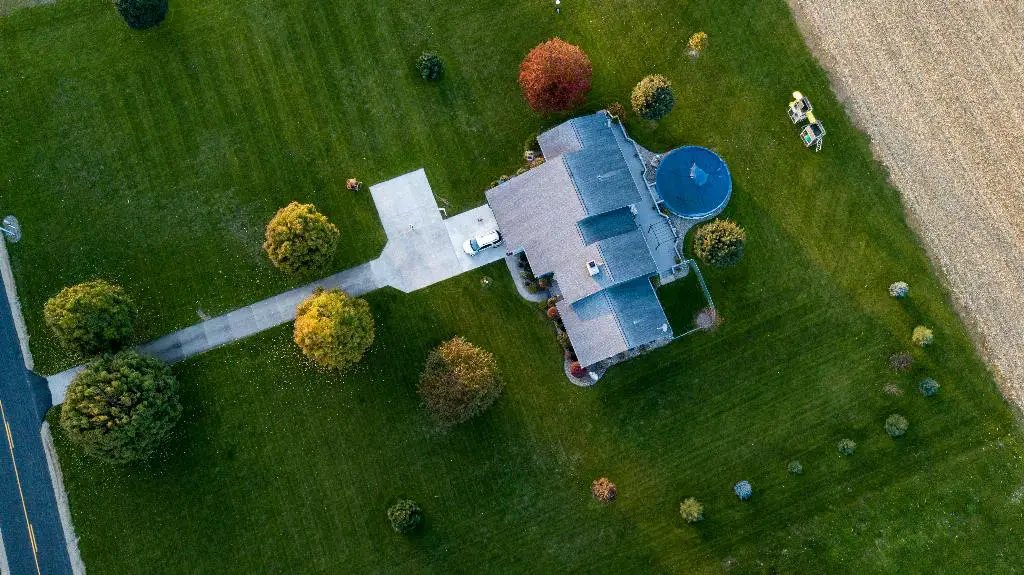Dealing with fungus in your lawn can be a frustrating and challenging task for any homeowner. However, it’s essential to address this issue promptly to prevent it from spreading and causing further damage to your lawn.
Identifying Common Types of Lawn Fungus
Before you can effectively treat lawn fungus, it’s crucial to determine the type of fungus affecting your yard. Common types include dollar spot, brown patch, and powdery mildew. Each type may require a specific treatment approach.
Using Baking Soda: A Natural Remedy
Baking soda has been proven to be an effective natural remedy for combating lawn fungus. Its alkaline properties create an environment that is unfavorable for fungus growth. You can either sprinkle baking soda directly on the affected areas or create a mixture with water for spraying.
Harnessing the Power of Dish Soap
Another household item that can help in treating lawn fungus is dish soap. By mixing dish soap with water and applying it to the affected areas, you can effectively target and eliminate the fungus. Just ensure that you use a mild dish soap to avoid harming your grass.
Aerating and Dethatching Your Lawn
Aerating and dethatching your lawn can also aid in preventing and treating fungus issues. These practices help improve air circulation and reduce moisture buildup, creating an environment less conducive to fungal growth.
Adjusting Your Watering Practices
Overwatering your lawn can contribute to the development of fungus. To prevent this, adjust your watering schedule and ensure that your lawn receives adequate but not excessive moisture. Watering early in the day can also help prevent fungal growth.
Implementing Proper Lawn Maintenance
Maintaining a healthy lawn through proper care practices can go a long way in preventing fungus infestations. Regular mowing, fertilizing, and overseeding can help strengthen your grass and make it more resistant to fungal diseases.
Considering Fungicides as a Last Resort
If natural remedies and cultural practices fail to control the fungus, you may need to resort to fungicides. It’s crucial to choose a fungicide that is appropriate for the type of fungus you’re dealing with and follow the application instructions carefully.
Seeking Professional Help
If you’re uncertain about how to proceed or the extent of the fungus infestation in your lawn, don’t hesitate to seek help from lawn care professionals. They can assess the situation, recommend appropriate treatments, and provide ongoing maintenance to keep your lawn healthy.
Monitoring Your Lawn’s Progress
After implementing treatment methods, regularly monitor your lawn for any signs of improvement or worsening of the fungus. Adjust your approach as needed and continue with preventive measures to ensure long-term health for your lawn.
Creating a Long-Term Lawn Care Plan
To prevent future outbreaks of lawn fungus, it’s essential to develop a long-term lawn care plan that includes regular maintenance, proper watering, and monitoring for early signs of fungal diseases. Consistency is key to maintaining a healthy and fungus-free lawn.
Enjoying a Fungus-Free Lawn
By taking proactive steps to address and prevent lawn fungus, you can ensure that your yard remains lush, green, and beautiful throughout the year. With a combination of natural remedies, cultural practices, and professional assistance, you can enjoy a fungus-free lawn that enhances the overall look of your property.

